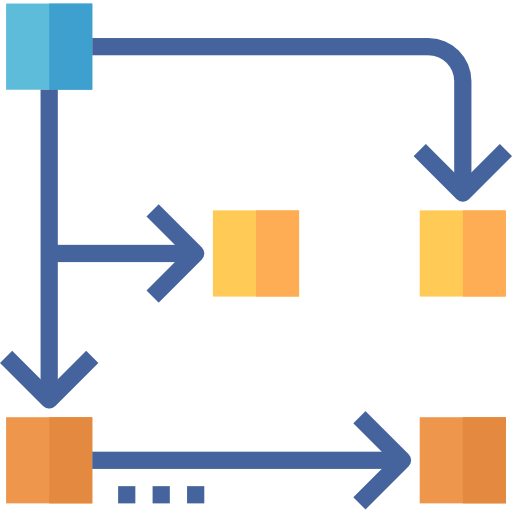Strategy and Innovation for Systems Entrepreneurship
We help our clients to dig deeper into the system they want to change, to map the systems and identify the key components, to design a strategy and the ensuing tactics for success, to pick the levers or points of intervention to achieve maximum impact.
The function to design, update, or adjust a strategy is by definition of utmost importance. Systems change strategies vary from other strategies in that the expected outcome is nothing short of transformational. Systems change is not about incremental change. It is about having a systemic impact.
We can use Donella Meadows’ leverage points to help us understand, provide indicators, and define the system structure or patterns that might be affected by a process of systems change and the impact achieved. System change is unlikely to happen in just one of these ways but a combination of them all:
– Structures – changes in the physical structures of a system, for example, the way a transport, energy system, or place is organized.
– Flows — changes in how flows of information, finance, or how value might be distributed, are configured and relate to each other.
– Rules — the rules dictate how the system is organized, so if they change, they will have an impact on the flows, patterns, and structures of the system.
– Power to evolve — The power to add, change, evolve, or self-organize system structure. So can we put in place the ability for the system to change, adapting to different responses to maintain the goal of the system? If a system is self-organizing, it has the power to keep evolving itself.
– Goal — If the goal of the system, it purpose and function, change, it will ultimately determine how the rest of the system operates.
– Paradigm — A paradigm is a set of assumptions or a view about how the world works, it is a pattern of organizing our thoughts, which informs how we act and how structures, flows, rules, goals arise.
Source: What are the new patterns and structures that might emerge? Defining systemic impact – The School of Systems Change.
Innovation understood as an approach that has not been tested to the problem in hand is a core component of the process to define a solution reflected in a given strategy. It might be that such an approach has already been tried successfully on a different social issue, in a different country or region, in an entirely different culture, or a combination of all of them, we consider that innovation nonetheless. The members of our team have been designing, sourcing, or studying some of the most innovative ideas for social change for several decades.
We work with our clients to develop a strategy to achieve systems change. And we can assist in selecting and incorporating principles, approached, or tools for problem-solving such as human-centered design, innovative mindset, power analysis, concept mapping, or others, both at the strategy and plan levels. Our team trains collaborators on how to choose and use the best tools in the process of visioning and planning for systems change. Most importantly, we support groups to differentiate between the strategy and the tactics, and to excel at thinking strategically and acting tactically.
Also, collectives need to be able to quickly and effectively recognize the need to adjust either the strategy or the tactics, as well as the ensuing plan of execution. Nimbleness should be embedded in the decision-making process, and a prominent characteristic of a systems change institutional culture. This is indispensable as coalitions and movements are often working to change paradigms, identifying trends and forces, as well as unexpected opportunities. We can assist in setting up a method to do this successfully.


